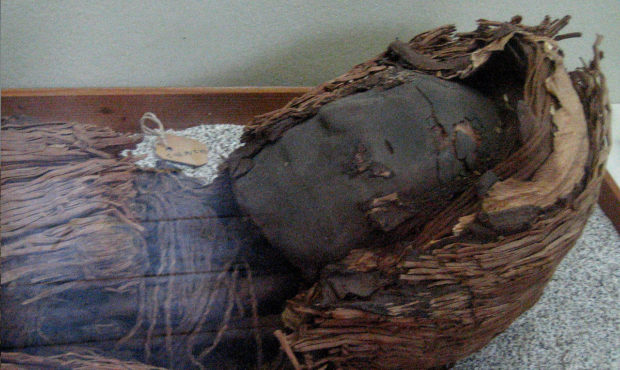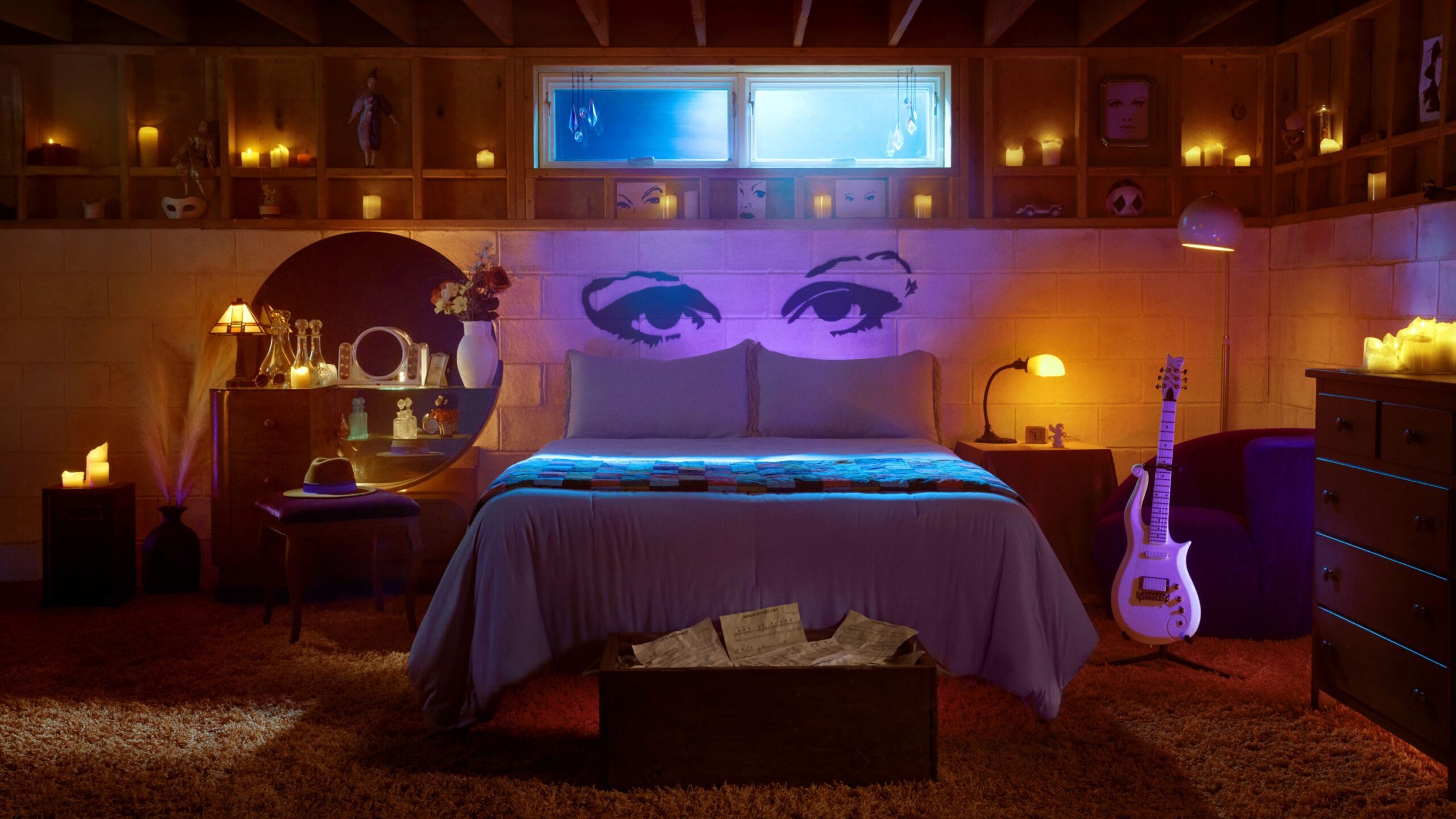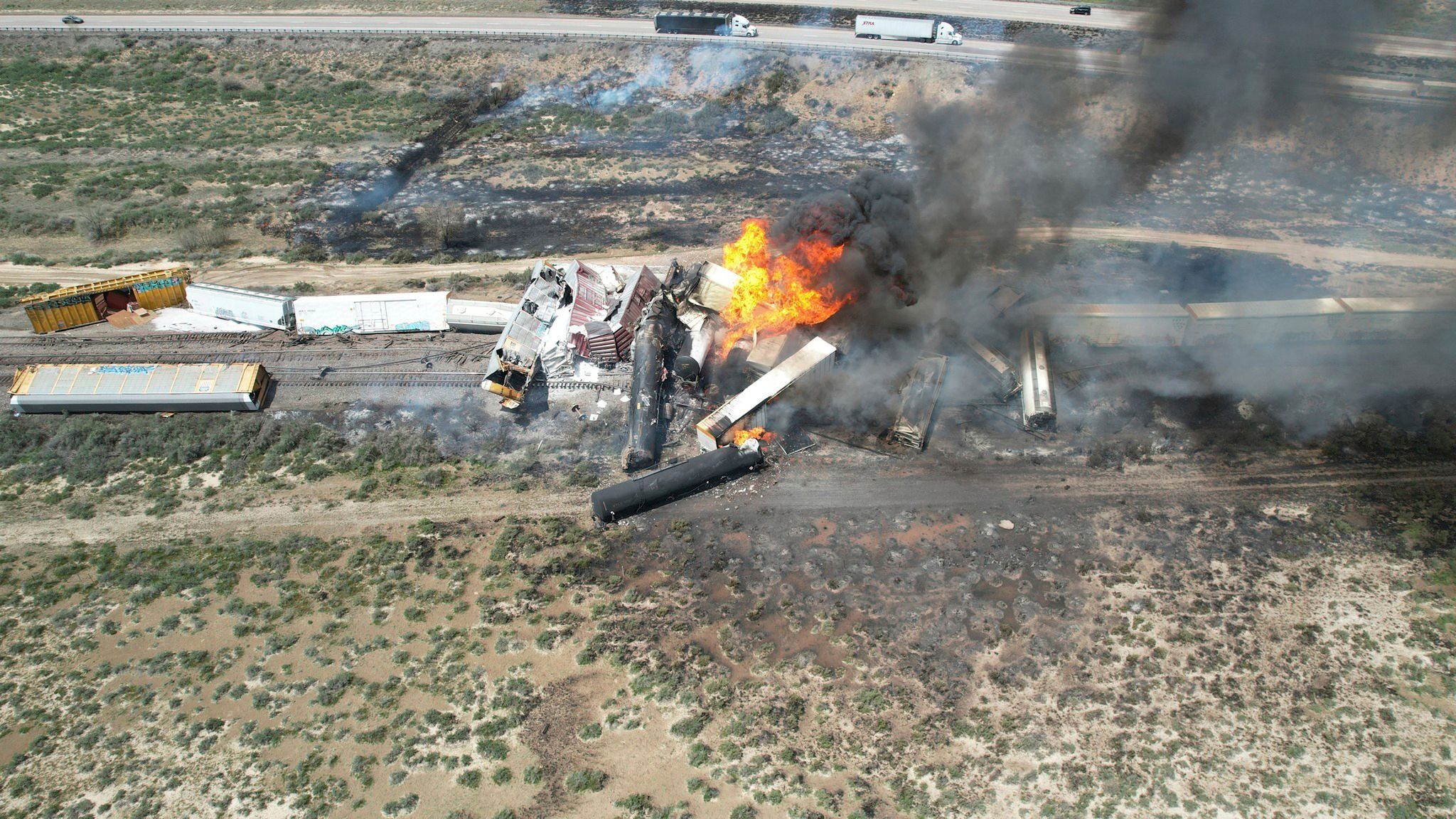Surprise! The world’s oldest mummies are not in Egypt
May 1, 2019, 6:55 AM

Photo: Pablo Trincado Wikimedia Commons
(CNN) — The first humans known to have mummified their dead did so in a rather improbable spot: the driest place on Earth.
The Chinchorro people settled in coastal bays of the Atacama Desert, in what is present-day Chile, around 7,000 BC and developed a technique for mummification around 5,000 BC.
That’s roughly 2,000 years before the ancient Egyptians. Yet, while the Egyptians were a complex civilization mummifying elite pharaohs, the Chinchorro were pre-ceramic hunter-gatherers with a more egalitarian approach to honoring the dead.
Although little-known even inside Chile, the country hopes a UNESCO application for World Heritage Site status (the archeological sites are already on UNESCO’s Tentative List) may finally get these mummies the attention they deserve.
‘Sacred collection’
To understand their improbable tale — and why so few people know about them — I catch a 2.5-hour flight from Santiago to Chile’s northernmost city of Arica. From there, I hop in a colectivo (shared taxi) for a 9-mile (15km) ride into the Azapa Valley, a sinewy strip of green within the greater Atacama, to visit the San Miguel de Azapa Archaeological Museum in the small village of San Miguel de Azapa.
This unassuming institution, which has two small detached wings, holds the mummified remains of some 300 Chinchorro people, though it only displays about 10% of its collection for public view. That’s because, at the moment, there is neither the money nor the space to showcase the mummies in a way that won’t irrevocably damage them.
“It’s a very sacred collection because the majority of the items are related to the ceremony of death,” explains curator and conservationist Mariela Santos, as we peer over the mummified remains of a young woman whose face is hidden behind an evocative clay mask.
Black and red mummies
Mummification began with babies and fetuses (perhaps due to high fetal mortality in the arsenic-rich desert) before progressing to adults. There were five distinct styles over a span of about 4,000 years, though Santos says the most prevalent are the black and red mummies.
Making the black mummies involved taking the dead person’s body completely apart, treating it and then reassembling it, skin and all. The red ones were created by making small incisions to remove internal organs and then drying the body cavity.
Both were typically stuffed with sticks and reeds (to fill out the forms), adorned with wigs, and masked with clay over the faces — the former painted in manganese and the latter in ochre.
Why, I wonder, don’t the Chinchorro mummies carry the same cache as their Egyptian brethren? Santos reckons it may be because Chileans themselves haven’t given much value to the treasures along their northernmost frontier.
That may soon change.
Hoping for World Heritage Site protection
Chile’s proposal for World Heritage Site status for the Chinchorro sites is expected to be in UNESCO’s hands by as early as 2020. In the run-up to that date, the local government has beefed up its efforts to both promote archeological tourism and empower local fishing communities to become custodians of the Chinchorro burial sites within their midst.
A newly-developed circuit will offer tourists a tangible way of retracing the Chinchorro’s steps from the museum in San Miguel de Azapa to the archeological sites in nearby Arica and Caleta Camerones, which lies 70 miles (113 kilometers) to the south.
Meanwhile, the archeological museum in San Miguel de Azapa should open a large Chinchorro wing in 2020 capable of holding another 35% of the collection. The hope is that, if Chileans finally appreciate the global importance of this mummy-making culture, maybe the rest of the world will, too.
Bernardo Arriaza, a physical anthropologist (scientists concerned with the evolution and biological diversity of humans) who’s studied the Chinchorro mummies for more than three decades, is one of the key players documenting the global importance of the proposed world heritage site.
“What we’re trying to show is that we not only have the oldest evidence of intentional mummification, but it was done by pre-ceramic hunter-gatherer people in a pristine environment that remains today,” he says when we meet up at his office at Arica’s Universidad de Tarapaca.
“These were the earliest settlers of the Atacama region, so I like to think of them as the pioneers of the desert,” he continues. “They may not have been technologically advanced, but all of their complexity went into the preparation of the dead.”
Discovered near the beach
It was a German archeologist, Max Uhle, who first discovered the mummies a century ago near the beach in Arica that was to bestow them their name: Chinchorro.
After chatting with Arriaza, I head two miles away to Playa Chinchorro, a wide expanse of brown-sugar sands stretching from downtown Arica to the mouth of the Lluta River.
I follow its bustling boardwalk back to the heart of town, where I find Arica’s palm-lined central plaza. It’s helmed by a candy cane-colored cathedral designed by Gustave Eiffel before he rose to prominence with his iconic Parisian tower.
Looming above the Eiffel Cathedral is El Morro, a 455-foot (139 meters) flat-topped hill. The most complex Chinchorro mummies were found on its slopes. Thirty-two of them have been preserved in situ (replete with funerary bundles, skins and other artifacts) at the small Museo de Sitio Colón 10.
The modern city of Arica lies on top of a vast cemetery of the Chinchorro people. However, the oldest forms of Chinchorro mummification are found 70 miles to the south in Caleta Camarones, a beach that’s barely changed in the 7,000 years since these ancient fishermen began preparing their dead.
I overnight at Arica’s Hotel Apacheta — a modernist L-shaped property overlooking the Pacific — before driving off towards Caleta Camarones the following morning.
The Pan-American Highway links Arica with Caleta Camarones via a stark, water-starved landscape. The only signs of human existence along the way are six newly built Chinchorro statues designed by local artists Paola Pimentel and Johnny Vásquez.
Since much of this region’s link to the Chinchorro culture lies buried underneath the desert, these roadside sculptures offer both a tangible reminder of the past and a glimpse of what the future may hold if Chinchorro tourism becomes a reality.
Arid climate
Caleta Camarones is the second site in the UNESCO proposal. Arriaza envisions it as a place to trace the living legacy of the Chinchorro through to the modern-day fishermen who work here.
To that end, I meet with Jorge Ardiles, president of the local fishermen’s union, for a trip out into the bay in search of abalones and urchins. Back on solid land, we douse our catch in lime juice and eat it raw, much like the Chinchorro did.
The leather-faced sexagenarian then walks me over to Camarones 14, the site where the oldest mummies, dating back to around 5,000 BCE, were excavated in 1978.
The reason mummies have survived here over the years, he says, is because of the extremely arid climate. Add in high salinity levels near the coast, and you get what have, for the past seven millennia, been the perfect conditions for preserving mummies. That is, until climate change threw a wrench into the equation.
A rare (though increasingly common) rainstorm in February unearthed a fresh layer of Chinchorro artifacts that I spot as Ardiles and I walk along a hillside above the bay. There are literally bones and vegetable fibers poking out of the brown earth over an area the size of a football field.
The local fishermen cover the exposed artifacts with dirt to deter grave robbers. They say it’s the best thing they can do.
After all, there’s no room for these mummies in any Chilean museum, they’re not yet part of a World Heritage site, and most people don’t even know that they’re the oldest mummies ever found.
The-CNN-Wire
™ & © 2019 Cable News Network, Inc., a Time Warner Company. All rights reserved.













